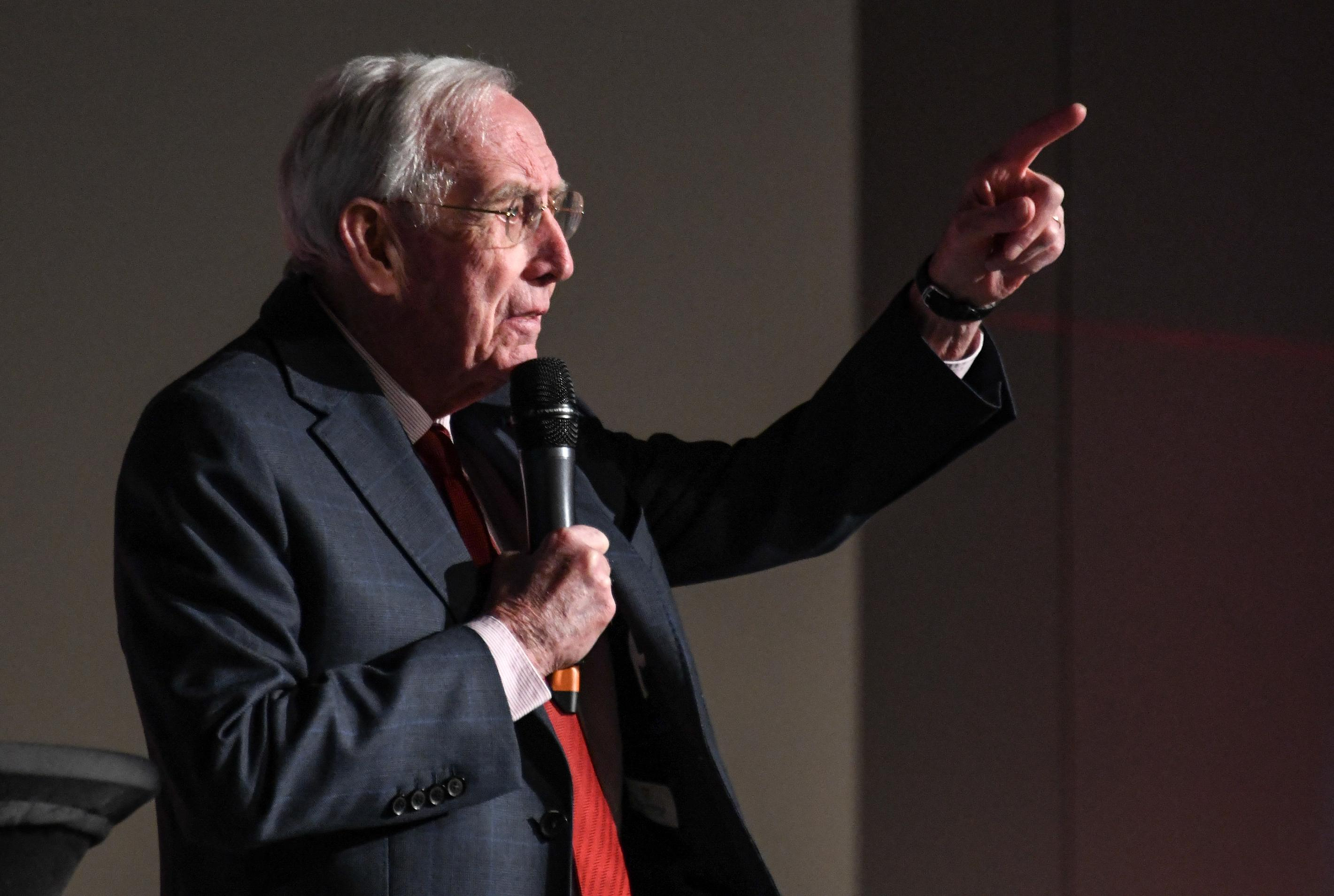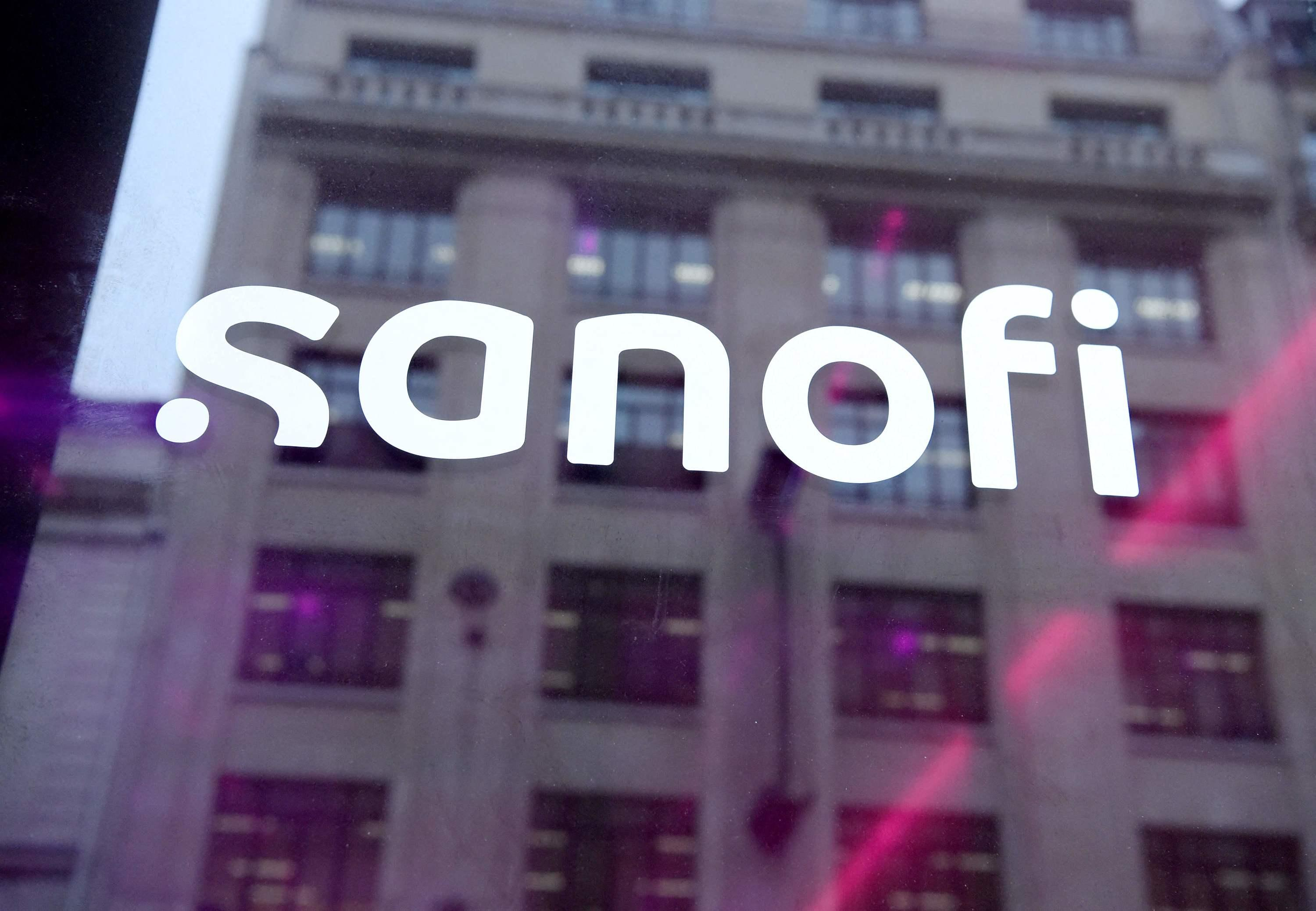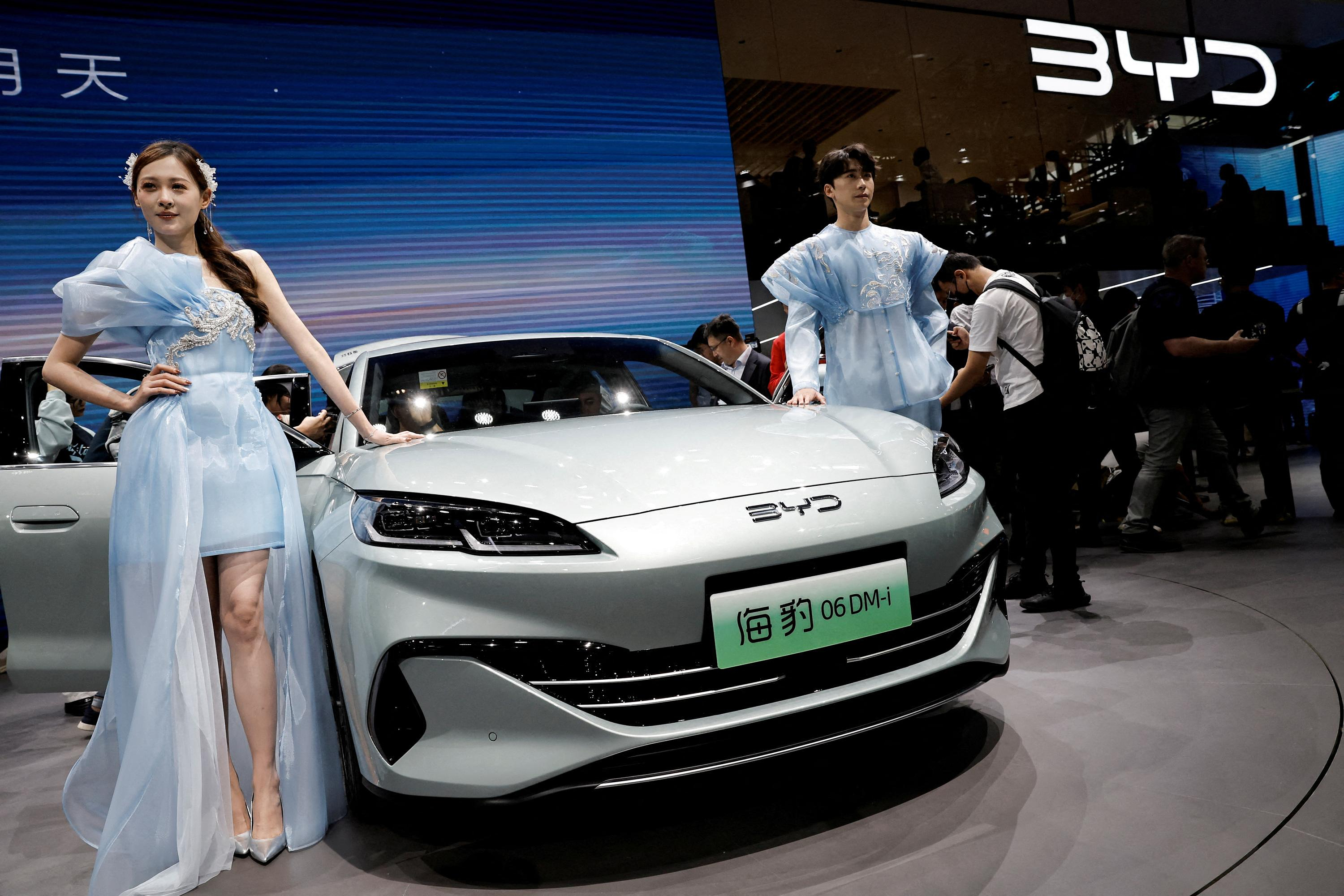In her show Nanette on Netflix, comedian Hannah Gadsby tears up the figure of Picasso, this symbol of male domination that she "hates". At the Brooklyn Museum in New York, the exhibition on the master of cubism bears his mark, but is intended to be more nuanced and does justice to the women who did not know the glory of the Spanish artist.
It's Pablo-matic: Picasso according to Hannah Gadsby, from June 2 to September 24, is one of the exhibitions expected as part of the many celebrations, under the aegis of France and Spain, of the fifty years of death of the painter of Les Demoiselles d'Avignon (1907) and Guernica (1937).
Pablo Picasso (1881-1973) remains one of the most influential artists of modern art, readily qualified as a genius. But in the wake of the movement
Separate the man from the artist? The Australian humorist Hannah Gadsby refuses to do so in the written and audio comments that accompany the works exhibited at the Brooklyn Museum, unearthing in the paintings or drawings symbols of misogyny. Or pointing to this penis in the middle of the canvas Le sculpteur (1931), proof according to her that Picasso "could not detach himself from his art in his works".
Catherine Morris, chief curator of the museum's Center for Feminist Art and co-curator of Pablo-matic, offers a more measured reading. "You're dealing with the really complex and nuanced situation of an artist who is unquestionably a genius, but also an anything but perfect human being," she told AFP in a press briefing. where Hannah Gadsby was not present. "Admiration and anger can coexist", also warns the preamble of the exhibition, organized in cooperation with the National Picasso Museum in Paris, and which wants to revisit his work under a feminist look.
Picasso in the midst of women, therefore, but not those he represented in his paintings, rather artists of his time. They "didn't have the same support or access to institutional structures that fostered Picasso's 'genius'," says Lisa Small, senior curator for European art at the Brooklyn Museum.
The visitor can pause on drawings of nudes from the 1930s by the American Louise Nevelson (1899-1988), "completely revolutionary at the time because it was then very difficult for women to be admitted in drawing classes,” says Catherine Morris. Or Käthe Kollwitz (1867-1945), a figure of German Expressionism "incredibly talented, both technically and emotionally", adds Lisa Small.
Also on display are figures from the American feminist art movement, of which the Brooklyn Museum is at the forefront, such as the African-American Faith Ringgold or the Guerilla Girls. This movement, embodied in American art historian Linda Nochlin's seminal essay, Why Have There Been No Great Women Artists (1971), took off in the 1970s, during the decade that saw Picasso disappear.
Fifty years after his death, "there are incredible (Picasso) works in this exhibition that I still love," says Catherine Morris. “My regret is that Picasso was largely the only modern artist I was taught. There's a much richer story to explore that he can be a part of," she adds.

 Poland, big winner of European enlargement
Poland, big winner of European enlargement In Israel, step-by-step negotiations for a ceasefire in the Gaza Strip
In Israel, step-by-step negotiations for a ceasefire in the Gaza Strip BBVA ADRs fall almost 2% on Wall Street
BBVA ADRs fall almost 2% on Wall Street Ukraine has lost 10 million inhabitants since 2001... and could lose as many by 2050
Ukraine has lost 10 million inhabitants since 2001... and could lose as many by 2050 Sánchez cancels his agenda and considers resigning: "I need to stop and reflect"
Sánchez cancels his agenda and considers resigning: "I need to stop and reflect" The Federal Committee of the PSOE interrupts the event to take to the streets with the militants
The Federal Committee of the PSOE interrupts the event to take to the streets with the militants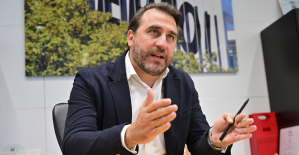 Repsol: "We want to lead generative AI to guarantee its benefits and avoid risks"
Repsol: "We want to lead generative AI to guarantee its benefits and avoid risks" Osteoarthritis: an innovation to improve its management
Osteoarthritis: an innovation to improve its management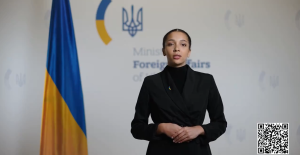 Ukraine gets a spokesperson generated by artificial intelligence
Ukraine gets a spokesperson generated by artificial intelligence The French will take advantage of the May bridges to explore France
The French will take advantage of the May bridges to explore France Organic flour contaminated by a recalled toxic plant
Organic flour contaminated by a recalled toxic plant 2024 Olympics: Parisian garbage collectors have filed a strike notice
2024 Olympics: Parisian garbage collectors have filed a strike notice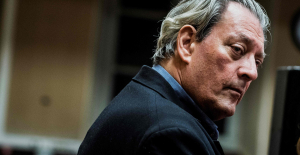 Death of Paul Auster: Actes Sud says he is “lucky” to have been his publisher in France
Death of Paul Auster: Actes Sud says he is “lucky” to have been his publisher in France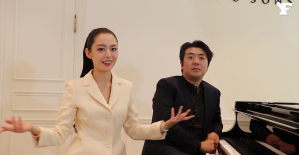 Lang Lang, the most French of Chinese pianists
Lang Lang, the most French of Chinese pianists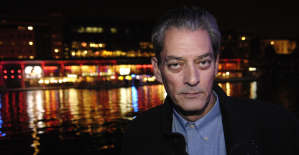 Author of the “New York Trilogy”, American novelist Paul Auster has died at the age of 77
Author of the “New York Trilogy”, American novelist Paul Auster has died at the age of 77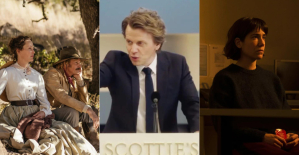 To the End of the World, The Stolen Painting, Border Line... Films to watch this week
To the End of the World, The Stolen Painting, Border Line... Films to watch this week Omoda 7, another Chinese car that could be manufactured in Spain
Omoda 7, another Chinese car that could be manufactured in Spain BYD chooses CA Auto Bank as financial partner in Spain
BYD chooses CA Auto Bank as financial partner in Spain Tesla and Baidu sign key agreement to boost development of autonomous driving
Tesla and Baidu sign key agreement to boost development of autonomous driving Skoda Kodiaq 2024: a 'beast' plug-in hybrid SUV
Skoda Kodiaq 2024: a 'beast' plug-in hybrid SUV The home mortgage firm rises 3.8% in February and the average interest moderates to 3.33%
The home mortgage firm rises 3.8% in February and the average interest moderates to 3.33% This is how housing prices have changed in Spain in the last decade
This is how housing prices have changed in Spain in the last decade The home mortgage firm drops 10% in January and interest soars to 3.46%
The home mortgage firm drops 10% in January and interest soars to 3.46% The jewel of the Rocío de Nagüeles urbanization: a dream villa in Marbella
The jewel of the Rocío de Nagüeles urbanization: a dream villa in Marbella Europeans: a senior official on the National Rally list
Europeans: a senior official on the National Rally list Blockade of Sciences Po: the right denounces a “drift”, the government charges the rebels
Blockade of Sciences Po: the right denounces a “drift”, the government charges the rebels Even on a mission for NATO, the Charles-de-Gaulle remains under French control, Lecornu responds to Mélenchon
Even on a mission for NATO, the Charles-de-Gaulle remains under French control, Lecornu responds to Mélenchon “Deadly Europe”, “economic decline”, immigration… What to remember from Emmanuel Macron’s speech at the Sorbonne
“Deadly Europe”, “economic decline”, immigration… What to remember from Emmanuel Macron’s speech at the Sorbonne These French cities that will boycott the World Cup in Qatar
These French cities that will boycott the World Cup in Qatar Top 14: Fijian hooker Narisia leaves Racing 92 and signs for Oyonnax
Top 14: Fijian hooker Narisia leaves Racing 92 and signs for Oyonnax Europa League: Jean-Louis Gasset is “wary” of Atalanta, an “atypical team”
Europa League: Jean-Louis Gasset is “wary” of Atalanta, an “atypical team” Europa League: “I don’t believe it…”, Gasset jokes about Aubameyang’s age
Europa League: “I don’t believe it…”, Gasset jokes about Aubameyang’s age Foot: Rupture of the cruciate ligaments for Sergino Dest (PSV), absent until 2025
Foot: Rupture of the cruciate ligaments for Sergino Dest (PSV), absent until 2025





